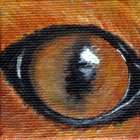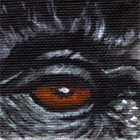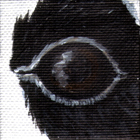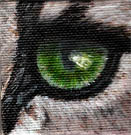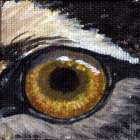Helping Wildlife – We All Need Water
Thursday, July 23rd, 2015In a continuing blog of what we can do to help wildlife in our own neighborhood, one very important way you can help is by providing water. We have a pond on our property and I have seen many birds, such as the Great Blue Heron, fishing there from time to time. I’m sure they also take a drink when they need it and so do the other birds that visit as well as deer, fox, and other wildlife we have seen on our property.
I also put out a couple of bird baths that birds will bathe in and also get a drink when needed. One couple, the Phoebes, have nested in the same spot for several years now so we make sure one of the bird baths is close by. We find them sitting on the edge regularly and are happy they call our backyard home.
